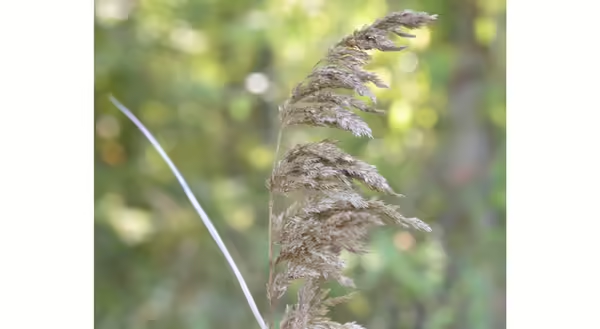
Warm-season grasses are in full bloom right now, putting on their fall display. If you go on a hike in the woods, you might find Wood Reed, Cinna arundinacea. Wood Reed is a native warm-season grass that grows in semi-shaded woodland areas. It can be found in nearly every county in the state, but is more common in southern Illinois.
Wood Reed grows about 4-6 feet tall. Its leaves and leaf sheaths (the part of the leaf that wraps around the stem) have a blue-gray color to them, which can make it stand out from the surrounding foliage. The leaves tend to twist near their base, showing the shiny undersides face up. Wood Reed leaves have a long, membranous ligule at their base, which often turns brown by the end of summer and into fall.
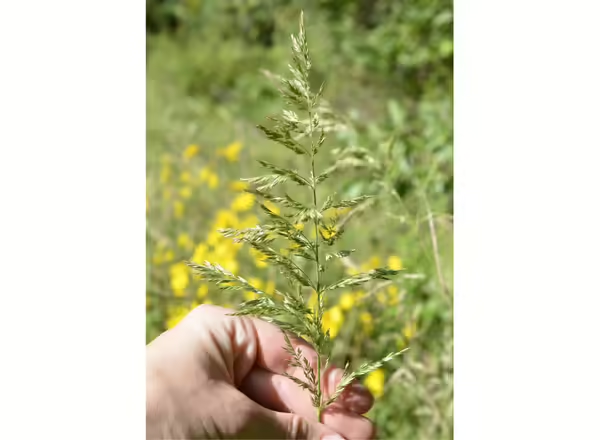
When it blooms in late summer, Wood Reed produces a panicle inflorescence, which is a branched flowering cluster. The spikelets (flowering units) are linear and densely packed along branches. They start off green in color and turn straw-colored in the fall. The branches tend to hang off one side of the rachis (stem of the inflorescence) once it is done flowering and produces seeds.
Have you seen Wood Reed before?
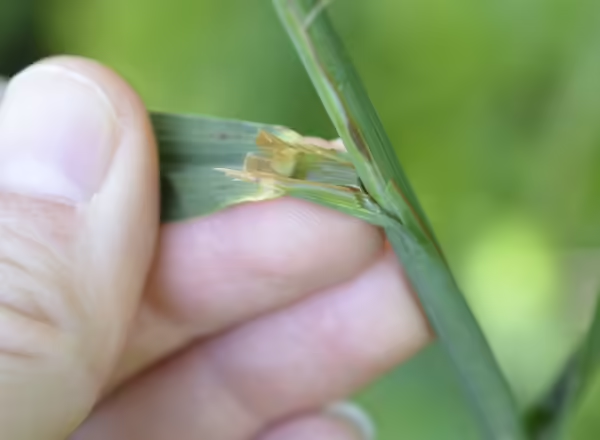
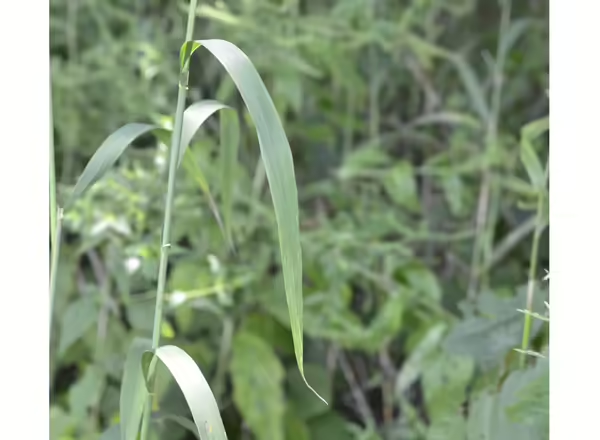
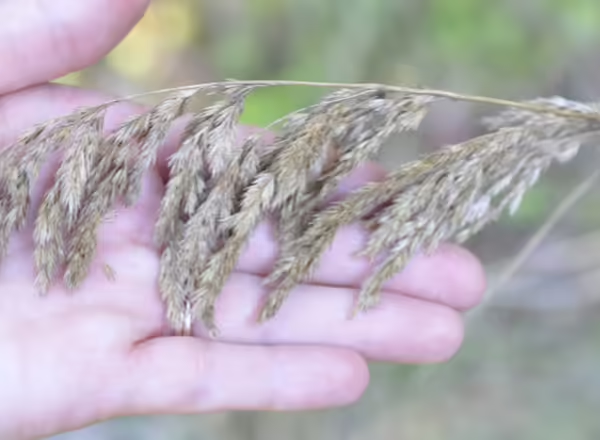
Need a refresher on grass identification terms? Check out this blog post!
Thank you for reading!
Never miss a new post! Subscribe to our email list to get updates each time a new post is available.
Give us feedback! How helpful was this information (click one): Very helpful | Somewhat helpful | Not very helpful
ABOUT THE AUTHOR: Erin Garrett is a Natural Resources, Environment, and Energy Educator for University of Illinois Extension serving Alexander, Johnson, Massac, Pulaski, and Union counties. Erin develops and delivers high impact programming to adults and youth to help them develop an appreciation for natural resources and to empower them to make small changes to positively impact the environment. Erin’s programming focuses on why homeowners should consider choosing native plants, how to support native pollinators, how to identify grasses, how to identify and manage invasive species, and developing an appreciation for prairie ecosystems.